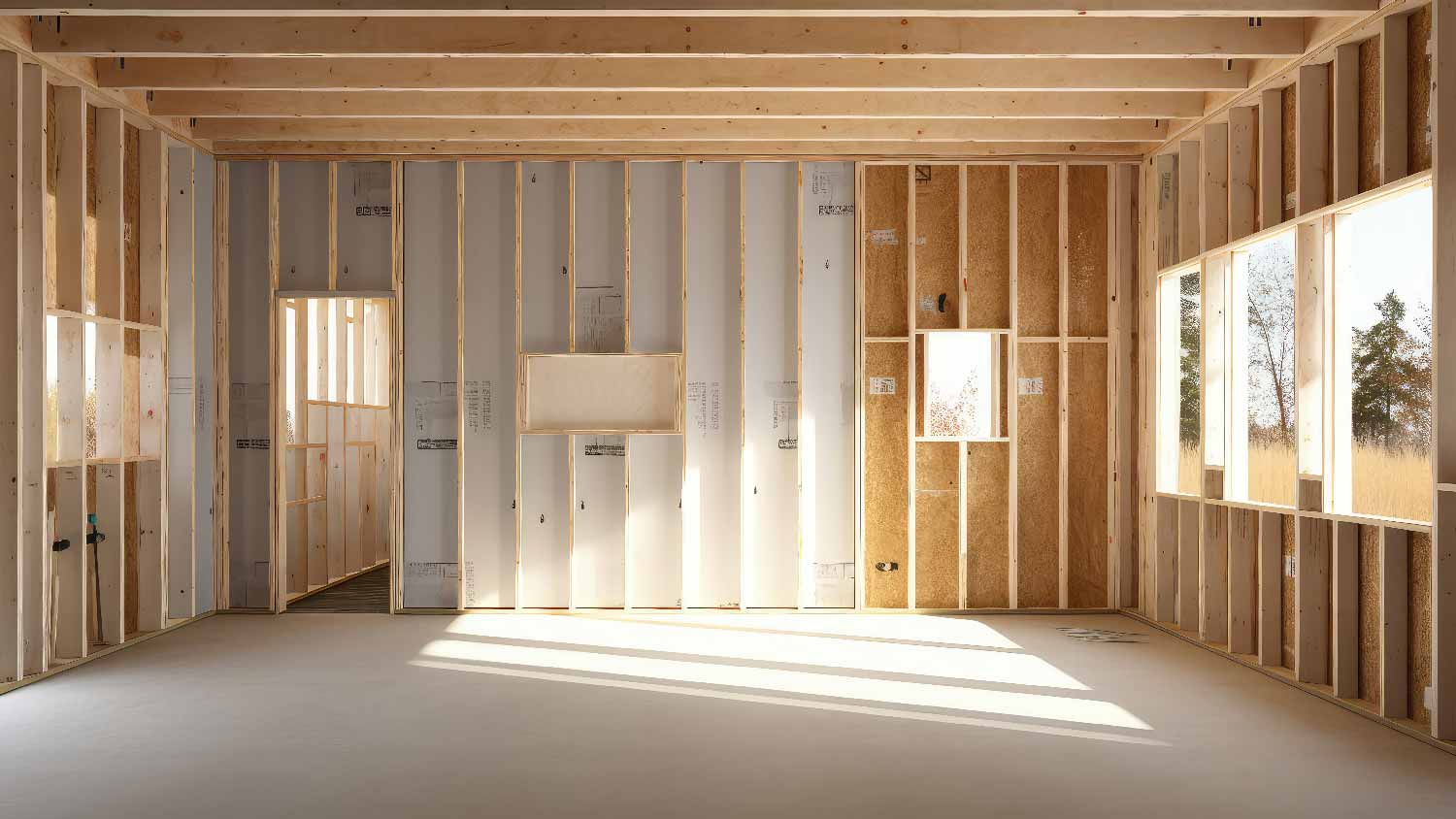
Discover storm damage repair costs, key price factors, and ways to save. Get transparent estimates to plan your home repairs with confidence.
Have no fear—there are other options to get you in the clear


Failing a perc test means that your land isn’t suitable for a septic system, and it can prevent you from building a structure on it.
You have several options if you fail, including septic system alternatives.
In some cases, you can retest your land at a better time to get passing results.
Passing a perc test is one of the most important things you’ll need to do before you can get approval to build on your land. For areas without access to municipal sewer lines, septic systems are often the only feasible option for waste management, and if your land fails a perc test, you may not be cleared for construction. However, there are alternatives. Let’s discuss what to do if your land fails a perc test.
Perc tests are soil tests that determine how efficiently your soil drains water, which is crucial for septic system safety because partially treated wastewater leeches into your soil, where aerobic bacteria complete the treatment process. Your land can fail a perc test in two ways:
Your soil drains too slowly: If your soil drains too slowly, the wastewater will build up and puddle on the surface instead of draining down to the aquifer. Contaminated wastewater backing up to the surface is a major health concern, so slowly draining soil is a common reason for a perc test failure.
Your soil drains too quickly: If your soil drains too quickly, the aerobic bacteria in the soil may not have enough time to complete the water treatment before it drains down to the aquifer, leading to water contamination.

Failing a perc test is a big deal, but it’s not the end of the world. You have a few options for moving forward.
Some municipalities will allow you to test your land again immediately or after a given timeframe to get a second opinion. If your land was close to passing, this might be a good option. You can wait for better conditions to increase your chances of passing. The best time to do a perc test is in the summer when the soil is easy to excavate and precipitation is low—this means the water table is likely lower, too.
Note that some municipalities will require that you wait several years between tests, so even if you don’t mind paying the cost of a perc test over and over, it may not be worth it.
It's important to test multiple soil samples from different parts of your property before building. Different areas can have different makeups, so testing in multiple areas can help identify variability in soil conditions.
Perc tests don’t always just come with a pass or fail. Instead, the professional who does your perc test will include information about how long it took a specific volume of water to drain into your soil. In some cases, you might be able to change your septic system design—by making the leach field larger or adding additional leach fields to spread out the area where the soil will treat the wastewater. This is often only an option if your soil drains too slowly for your original design.
Your local building department or health department will have rules and regulations about whether or not changes to your system can affect your construction approval, so check with your governing authority first.
You might be able to hire a geotechnical engineer to help solve your drainage issues, particularly if your soil drains too slowly. They might be able to install drainage systems or wells on your land to help with the drainage, although this is often a very expensive and invasive undertaking.
It’s also important to note that this will likely not be an option if your construction site is close to a natural body of water, like a stream or lake, as a septic system may still be considered a health hazard even if you achieve good drainage.
Finally, you can consider alternative septic systems. These are often more expensive than a traditional system, but they’re more likely to see approval if you fail a perc test.
Mound septic system: A mound system includes a human-made mound above the ground level to house your leach field. The added height gives the soil more time to treat effluent in areas where drainage happens too quickly.
Aerobic treatment units (ATUs): ATUs include additional chambers in which aerobic bacteria are fed oxygen and carry out the treatment that would normally occur in the soil.
Drip distribution systems: Drip distribution systems use additional tanks that slowly deliver effluent to the leach field to give the soil more time to treat the wastewater.
Constructed wetland systems: These systems include human-made wetlands that have plants and bacteria in the open air that can treat the wastewater before it moves to the leach field.
Recirculating sand filter systems: Sand filter systems include a large tank of sand that filters effluent and starts the aerobic bacteria treatment process before the wastewater moves to the leach field.
Evapotranspiration systems: These systems have large sand filters, as well, but they allow the treated wastewater to evaporate into the air, so it never enters the surrounding soil.
You can contact a local soil tester or septic company to help decide which options might work on your plot.
From average costs to expert advice, get all the answers you need to get your job done.

Discover storm damage repair costs, key price factors, and ways to save. Get transparent estimates to plan your home repairs with confidence.

The cost to frame a house can vary depending on the size of your home, the structure you’re building, and your materials. Keep reading to learn how much framing your house might cost.

Home elevator costs depend on the size and type of lift, if it needs retrofitting, and the number of floors. Our guide outlines all residential elevator costs.

A general contractor is an essential but costly part of a construction project. Learn how to be your own general contractor for your next home improvement project.

The cost to install a wheelchair platform depends on size, type, labor, and other factors. See how much your wheelchair platform could cost.

Choosing the type of framing for your home isn't a decision to make lightly. Compare metal studs vs. wood studs to find the best base for your house.